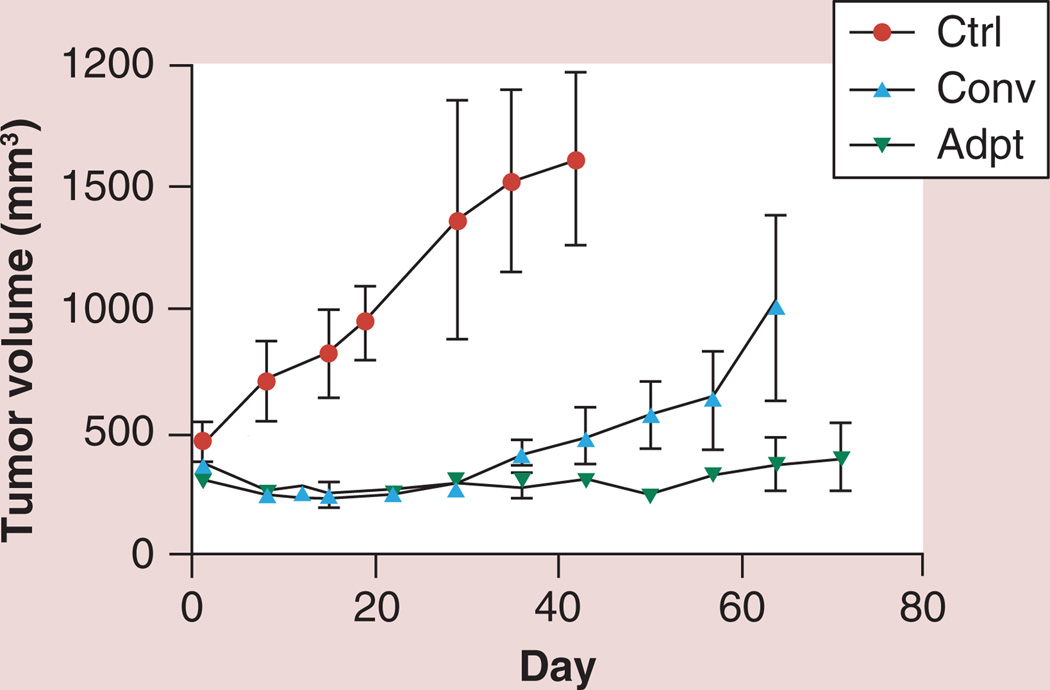Figure 2. Adaptive therapy outcome from mouse xenograft model.
MDA-MB-231 cells were orthotopically implanted in Nu/Nu mice and the paclitaxel treatment outcome was measured. When the tumor volume reached around 300 mm3 by caliper, mice were divided into three groups; Ctrl, Conv, and Adpt. Ctrl mice were treated with vehicle control by intraperitoneal injections. Conv mice were treated with paclitaxel (20 mg/kg) twice a week for 2.5 weeks. Adpt mice were treated with 15 mg/kg paclitaxel initially and the subsequent treatment doses were adjusted based on the tumor size measured twice a week. The algorithm was adapted from the adaptive therapy strategy previously reported [7]: drug dose was increased by 20% of the previous applied dose if the tumor volume was increased by 10% or more from the previous volume. However, we reduced the drug dose by 20% of the previous dose if tumor size decreased by 10% with respect to previous size. Adaptive therapy could stabilize tumor volume even lower than the initial volume before treatment except in one mouse, which demonstrated continuous tumor growth even with the prolonged treatment. However, even the one exception was still slower than the standard therapy group average. Further investigation seeking the factors affecting the responsiveness of tumors to adaptive therapy is ongoing.
Adpt: Adaptive therapy group; Ctrl: Contol; Conv: Conventional therapy group.

